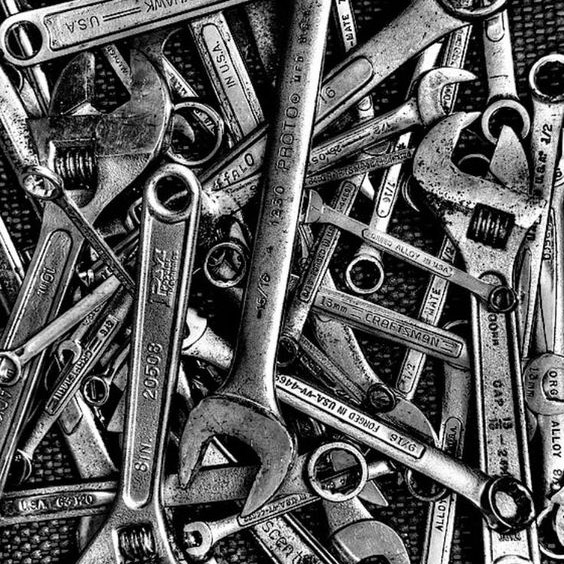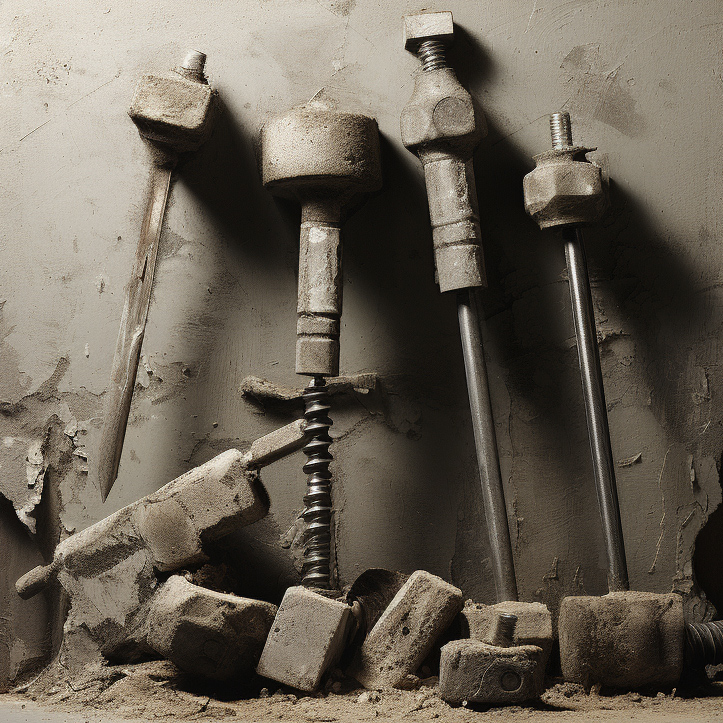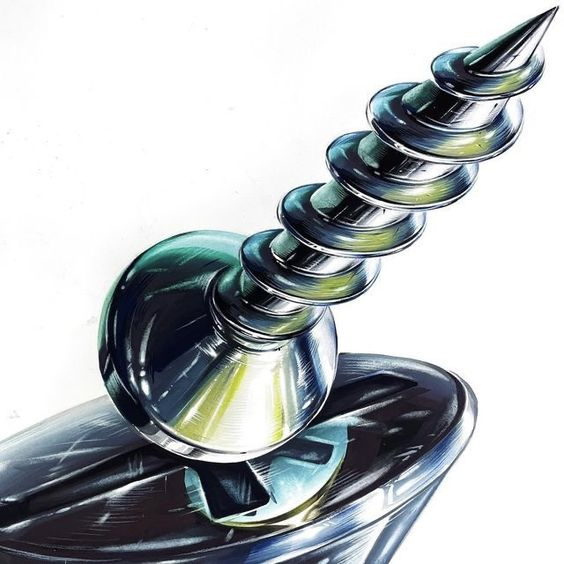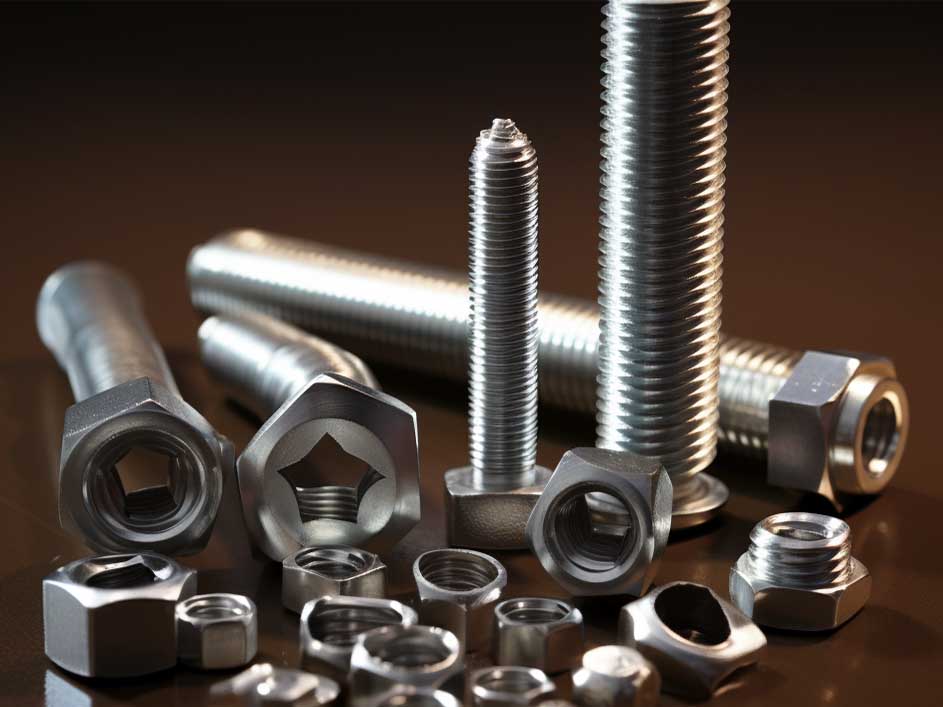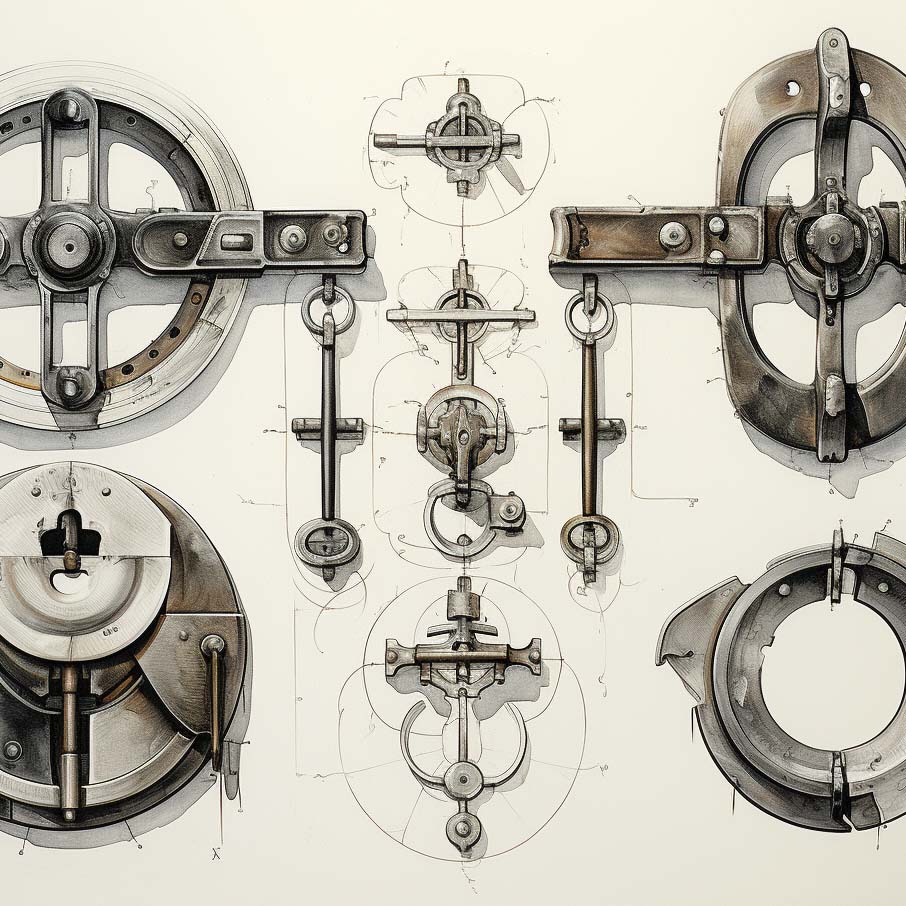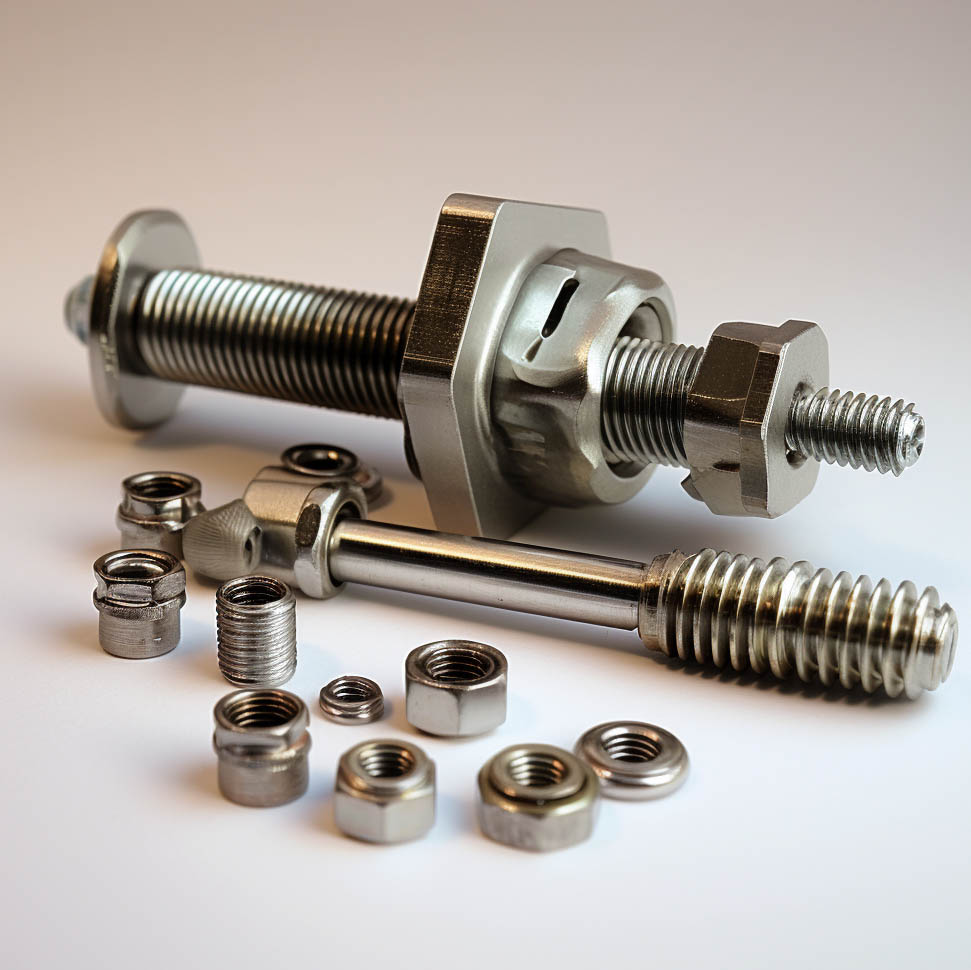Understanding the Impact of Freeze-Thaw Deterioration on Bolt Connection Parts of Concrete Structures in Plateau Areas
In plateau areas, concrete structures are often subjected to extreme weather conditions, including freeze-thaw cycles. This can have a significant impact on the bolt connection parts of these structures, leading to deterioration and potential safety hazards. In this article, we will delve into the research on freeze-thaw deterioration of bolt connection parts of concrete structures in plateau areas, exploring the implications and potential solutions.
Understanding Freeze-Thaw Deterioration
Freeze-thaw deterioration occurs when water penetrates the concrete and freezes, causing expansion and subsequent damage to the material. In plateau areas, where temperatures fluctuate dramatically, this phenomenon is particularly pronounced. Bolt connection parts, crucial for the structural integrity of concrete buildings, are especially vulnerable to this type of deterioration.
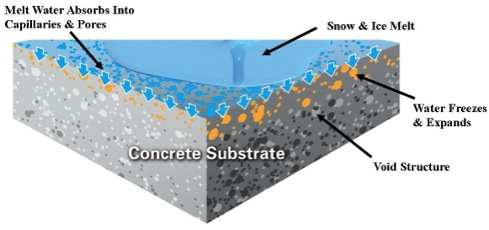
Impact on Bolt Connection Parts
The freeze-thaw cycle can lead to corrosion of the bolts, weakening their structural integrity and compromising the overall stability of the concrete structure. This deterioration can go unnoticed until it reaches a critical point, posing a serious risk to the safety of the building and its occupants. Understanding the specific mechanisms of freeze-thaw deterioration on bolt connection parts is essential for implementing effective preventive measures.
Research Findings
Recent research has shed light on the extent of freeze-thaw deterioration in plateau areas and its impact on bolt connection parts. Studies have revealed that the combination of low temperatures and moisture infiltration can accelerate the corrosion of bolts, leading to structural instability. This has prompted the need for innovative solutions to mitigate the effects of freeze-thaw cycles on concrete structures.
Preventive Measures
To address the challenges posed by freeze-thaw deterioration, researchers have proposed various preventive measures. These include the use of corrosion-resistant bolts, protective coatings, and improved drainage systems to minimize water infiltration. Additionally, regular inspections and maintenance are crucial for identifying early signs of deterioration and implementing timely repairs.
Implications for Structural Safety
The implications of freeze-thaw deterioration on bolt connection parts extend beyond the structural integrity of concrete buildings. Safety considerations are paramount, as the failure of these critical components can have catastrophic consequences. By understanding the specific vulnerabilities of bolt connection parts in plateau areas, engineers and construction professionals can prioritize preventive measures to ensure the long-term safety and stability of concrete structures.
The research on freeze-thaw deterioration of bolt connection parts of concrete structures in plateau areas underscores the importance of proactive measures to mitigate its impact. By integrating innovative solutions and leveraging the findings of ongoing research, we can enhance the resilience of concrete structures in challenging environments. Ultimately, a comprehensive understanding of freeze-thaw deterioration is essential for ensuring the safety and longevity of buildings in plateau areas.

